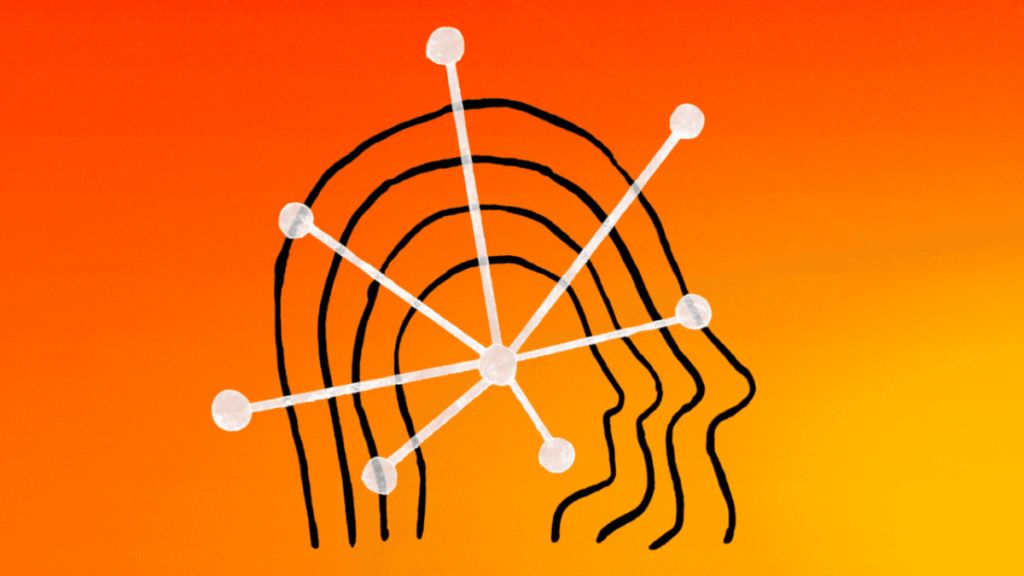AI research lab Anthropic has emerged as a formidable player in the enterprise large language model market, surpassing OpenAI and commanding a significant 32% market share in usage, according to a recent report from Menlo Ventures. OpenAI, once a dominant force, has seen its enterprise market share decline to 25%, a stark contrast to the 50% it held just two years ago. This shift in dynamics underscores a critical evaluation of the strengths and weaknesses of these two platforms, as well as their respective positioning in the market.
Anthropic’s rise can largely be attributed to its innovative product releases, notably the Claude 3.5 Sonnet model launched in June 2024 and its subsequent upgrade, Claude 3.7 Sonnet in February 2025. These models have delivered functionalities that resonate well with enterprise demands, particularly in coding, where Anthropic leads with a commanding 42% market share compared to OpenAI’s 21%. This notable edge can be indicative of several factors, including usability, integration capabilities, and the performance of code generation tasks, which are paramount for enterprises relying on automation for software development and operational efficiency.
In the realm of artificial intelligence, the choice of tools extends beyond mere performance metrics. Cost-effectiveness and return on investment (ROI) are critical for small and medium-sized businesses (SMBs) evaluating their options. Businesses are increasingly adopting closed models like those offered by Anthropic and OpenAI, with over half of enterprises indicating a preference for these approaches. This reflects a growing hesitance towards open-source models; the proportion of enterprise workloads utilizing open-source solutions has decreased from 19% at the beginning of 2025 to just 13% mid-year. The implications are clear: while there may be lower upfront costs associated with open-source models, the unpredictability and potential incompatibility with enterprise-grade applications can lead to higher long-term costs and reduced efficiency.
A deeper dive into the core functionalities of both Anthropic and OpenAI reveals other critical discrepancies. Anthropic’s Claude models have touted enhanced reasoning capabilities, contributing to improved generative output that meets nuanced enterprise requirements. Conversely, OpenAI continues to dominate the consumer market, reporting over 2.5 billion prompts sent daily to ChatGPT. However, this consumer focus may limit its adaptability for enterprise-scale applications, where complex tasks and high-stakes workflows demand robust support structures and responsive performance.
Scalability becomes another pivotal comparison point. Both platforms provide architectures capable of handling increased loads, but their effectiveness can vary based on the specific use case. For SMB leaders and automation specialists, understanding these nuances can lead to more informed decisions, particularly when aiming to integrate AI solutions into existing systems. Anthropic’s enterprise-centric focus may provide a smoother transition for developers and companies looking for immediate applicability, while OpenAI’s extensive backing in consumer engagement offers a broad base of practical data, conducive for refining its enterprise offerings moving forward.
In terms of operational costs, enterprises must consider ongoing expenses associated with licensing, training, and support. Anthropic may present a more enticing value proposition in environments focused on coding and development, where its advanced modeling capabilities translate directly into time savings and improved productivity. OpenAI’s strength lies in its extensive user base and consumer engagement, which can sometimes translate to higher levels of innovation and rapid feature deployment, but such benefits come with their own costs that need to be reconciled against enterprise goals.
As both platforms evolve, the competitive landscape for AI and automation tools will undoubtedly continue to shift, influenced by innovation in model development, changes in user preferences, and the growing complexity of enterprise needs. For SMB leaders, this means that choosing between Anthropic and OpenAI—or potentially even considering alternative platforms—requires a nuanced understanding of each tool’s strengths, weaknesses, and alignment with strategic business objectives.
Data-driven insights suggest that while Anthropic currently offers a more compelling solution for enterprises—especially those focused on coding—OpenAI maintains significant consumer engagement which could inform its enterprise evolution. Looking ahead, companies must remain vigilant regarding these developments, continuously reassessing the fit of their chosen platforms against established benchmarks of performance, scalability, and cost-efficiency.
FlowMind AI Insight: As the AI landscape evolves, it will be imperative for SMB leaders to regularly evaluate tool performance against their specific use cases. A proactive approach to monitoring changes in market dynamics will facilitate more informed decisions, maximizing the potential ROI of AI and automation investments.
Original article: Read here
2025-07-31 07:00:00

